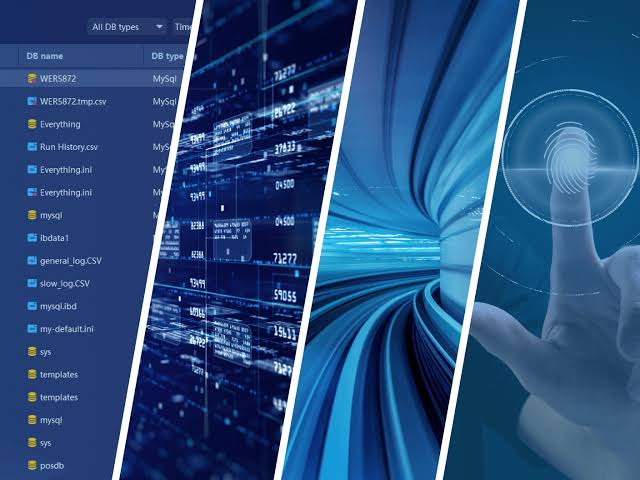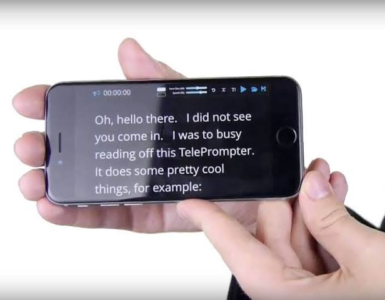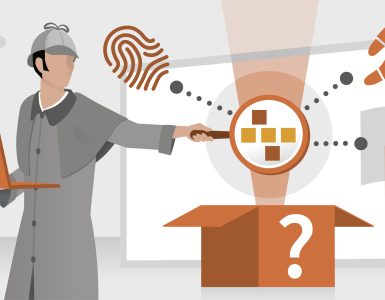In today’s investigations, forensic video evidence plays a crucial role, providing valuable insights into crimes, accidents, and other incidents. Nonetheless, the trustworthiness and unwavering quality of this proof rely upon proper handling and preservation.
The authenticity, chain of custody, and overall admissibility of video evidence in court proceedings may be jeopardized by carelessness or improper handling. In this article, we will discuss how important it is to properly handle and preserve forensic video evidence, highlighting the potential negative effects of improper handling and offering suggestions for maintaining its integrity.
The Fragility of Truth: Why Proper Handling of Forensic Video Evidence is Crucial
Forensic video evidence is delicate and susceptible to loss or degradation if improperly handled. This proof can be crucial for examinations and court procedures, frequently filling in as a critical piece in building a complete story. Misusing can bring about the deficiency of essential data, delivering the proof futile or inconsistent. The importance of video evidence’s originality, authenticity, and accuracy necessitates strict handling and preservation procedures.
Preserving the Integrity: Best Practices for Collecting and Securing Forensic Video Evidence
Appropriate collection and secure storage of legal video evidence are crucial to keep up with its trustworthiness. To ensure that the evidence is unaltered and admissible, forensic professionals and law enforcement agencies must adhere to established procedures. This incorporates recording the collection process, keeping a clear chain of care, and involving suitable hardware for extraction and storage. By sticking to best practices, specialists can defend the integrity of video evidence and support its validity in court.


-
Digital Preservation: Ensuring Long-Term Accessibility and Authenticity of Forensic Evidence
In an era of digital evidence, legitimate preservation is critical for the long-term openness and validness of forensic video proof. Advanced digital preservation strategies should consider factors, such as file formats, metadata protection, redundancy measures, and occasional integrity checks. The utilization of normalized designs and secure storage frameworks guarantees the evidence remains intact and accessible for future use. Embracing emerging technologies, such as blockchain can further enhance digital evidence’s verifiability and tamper-proofness.
The Role of Forensic Video Specialists: Expertise in Handling and Analyzing Video Evidence
To properly handle and analyze video evidence, forensic video specialists play a vital role here. The evidence’s integrity and dependability depend on their specialized knowledge and abilities. Legal procedures, video enhancement techniques, and file formats are all areas of expertise for these professionals. By including measurable video experts early in the investigative process, specialists can boost the capability of video proof and lay out areas of strength for a fruitful examination and indictment.
-
The Admissibility Challenge: Ensuring the Admissibility of Forensic Video Evidence in Court
To ensure forensic video is accepted in court, its admissibility is a very important aspect of the legal process. Courts require the foundation of credibility, dependability, and relevance of the evidence. Legitimate dealing with and protection assume an urgent part in gathering these requirements. The documentation of the chain of custody, adherence to standard protocols, and the inclusion of qualified specialists are fundamental for laying out the suitability of video proof. Courts value the integrity of proof, and an inability to handle it properly can prompt difficulties in its acknowledgment or credibility during trials.
Conclusion
Proper handling and conservation of forensic video evidence are principal to guarantee the honesty, unwavering quality, and acceptability of this crucial form of evidence. Misusing or negligence can compromise the authenticity, chain of custody, and overall impact of video evidence in investigations and court procedures.
By following accepted procedures, including adherence to protocols, involvement of forensic video specialists, and advanced protection systems, specialists can shield reality caught in video recordings. Safeguarding the integrity of forensic video evidence fortifies investigations as well as maintains equity and guarantees that the fact of the matter is saved and introduced in its most accurate form.






